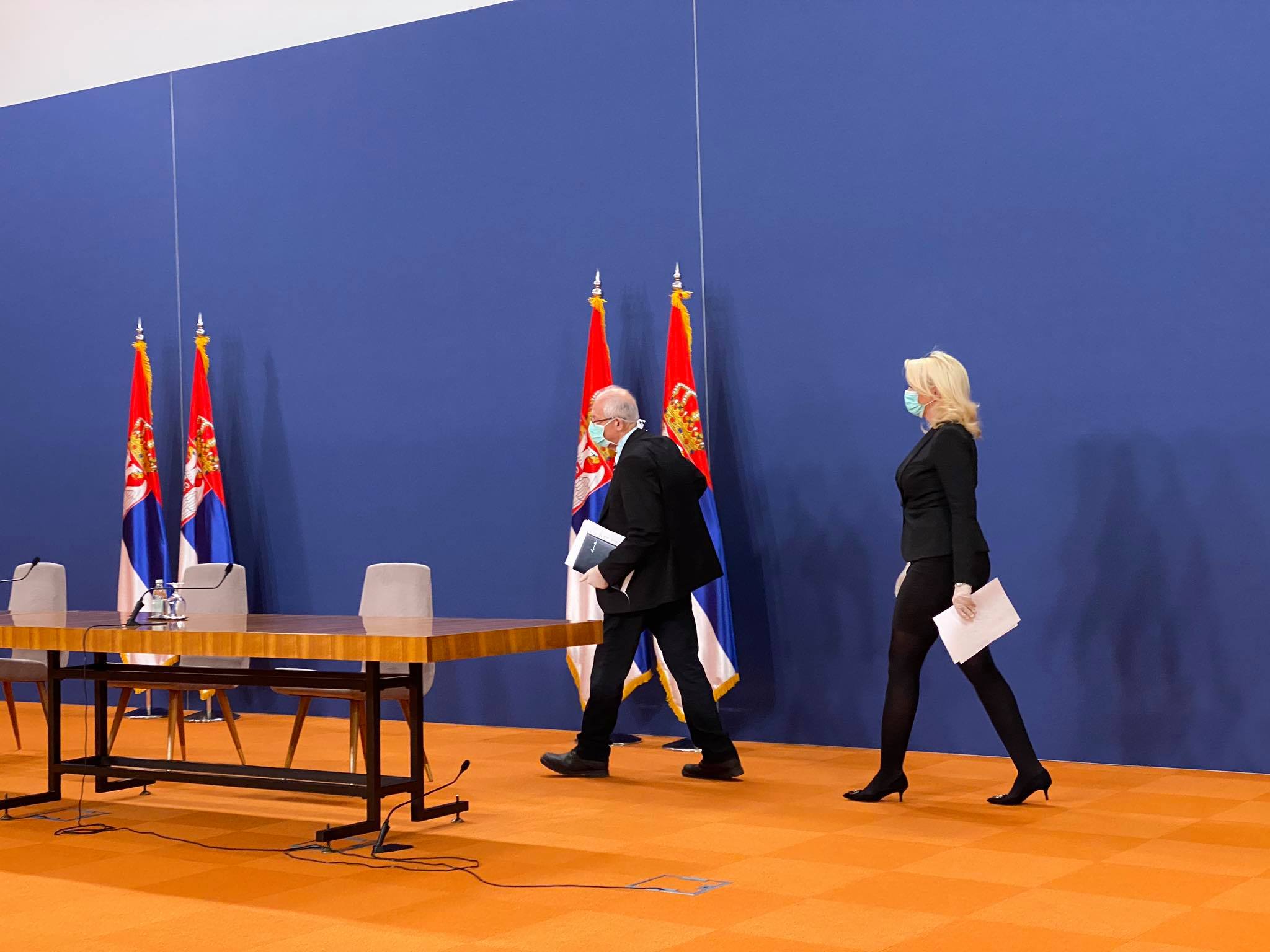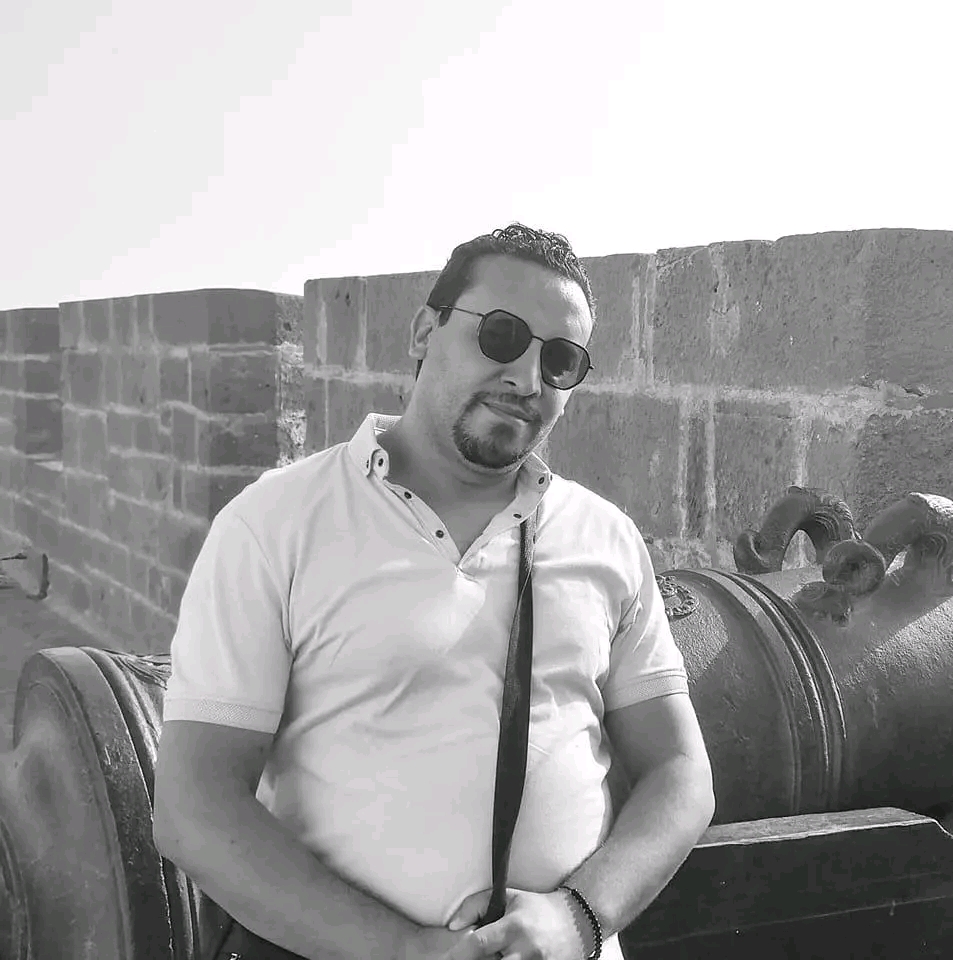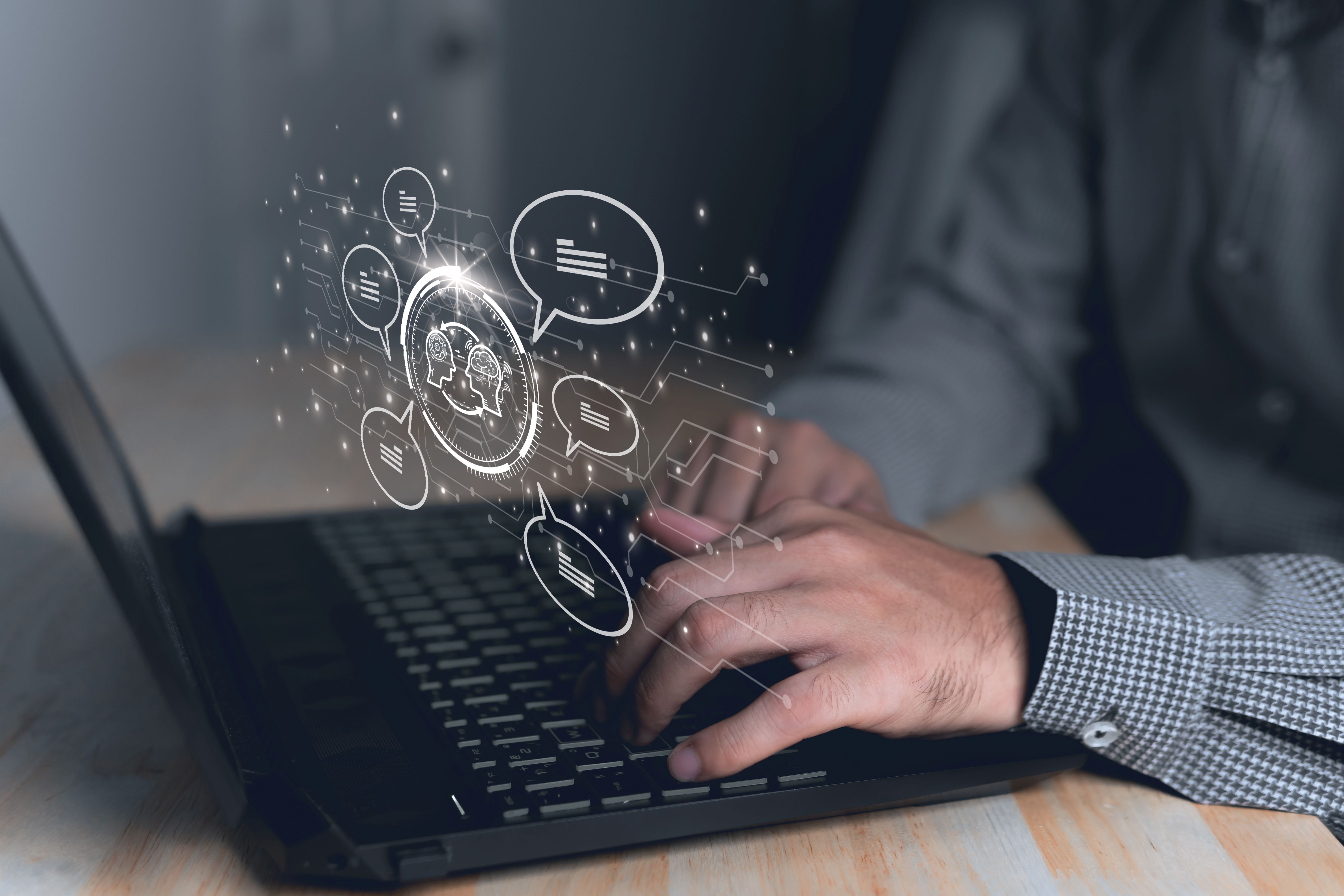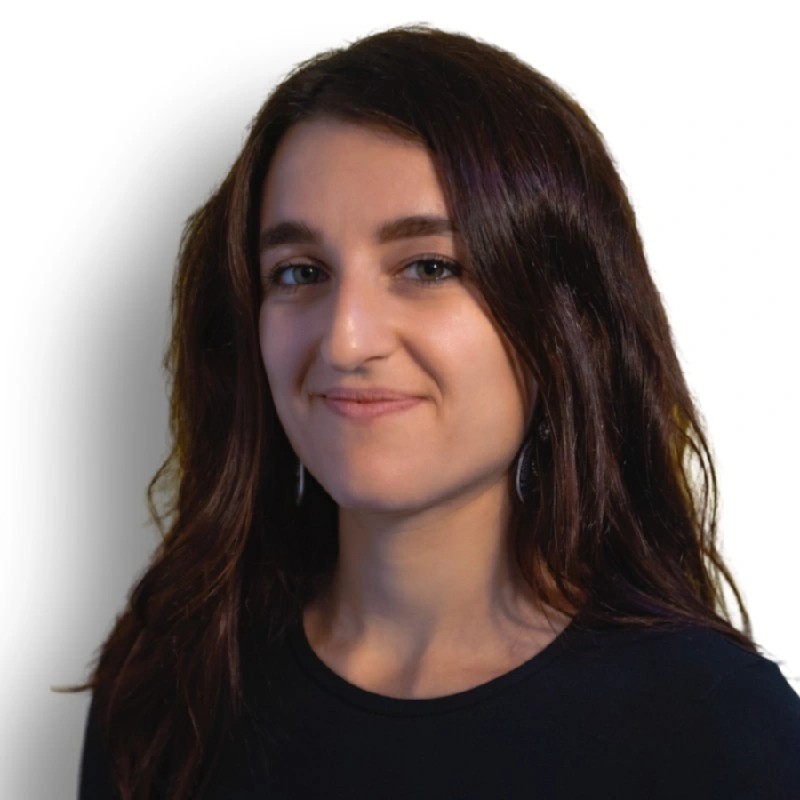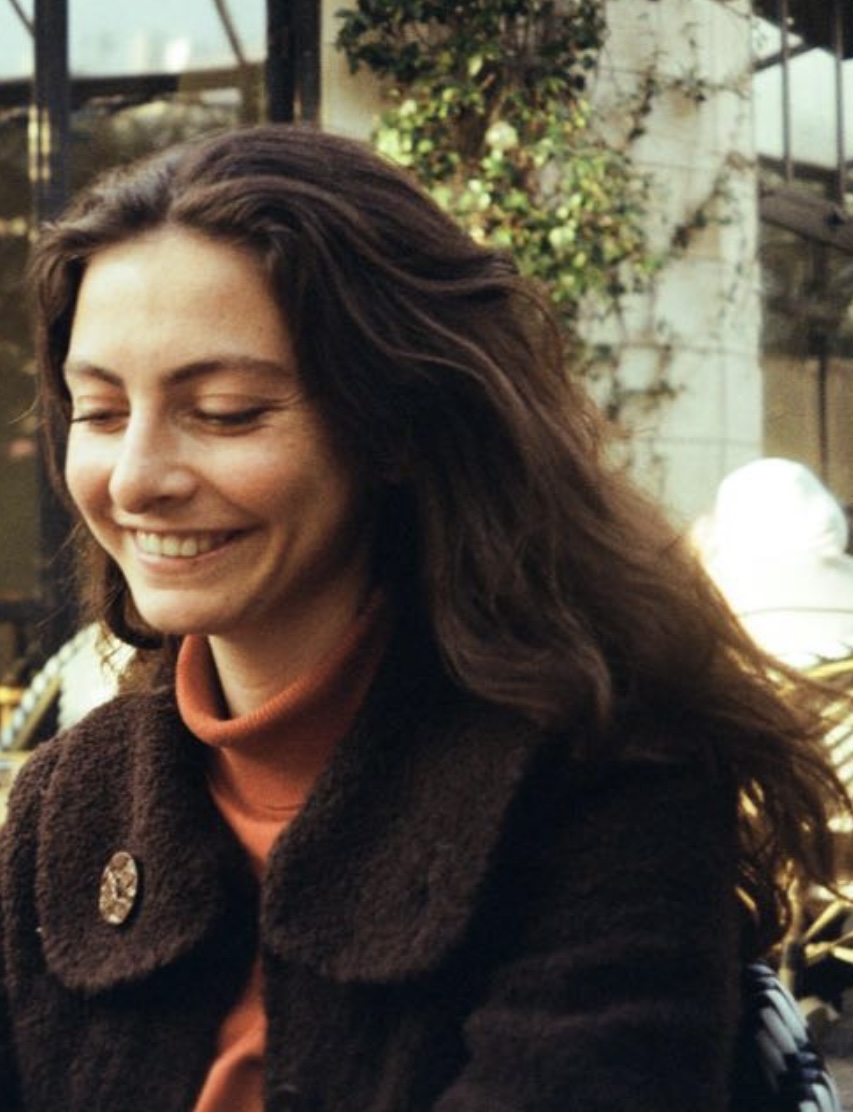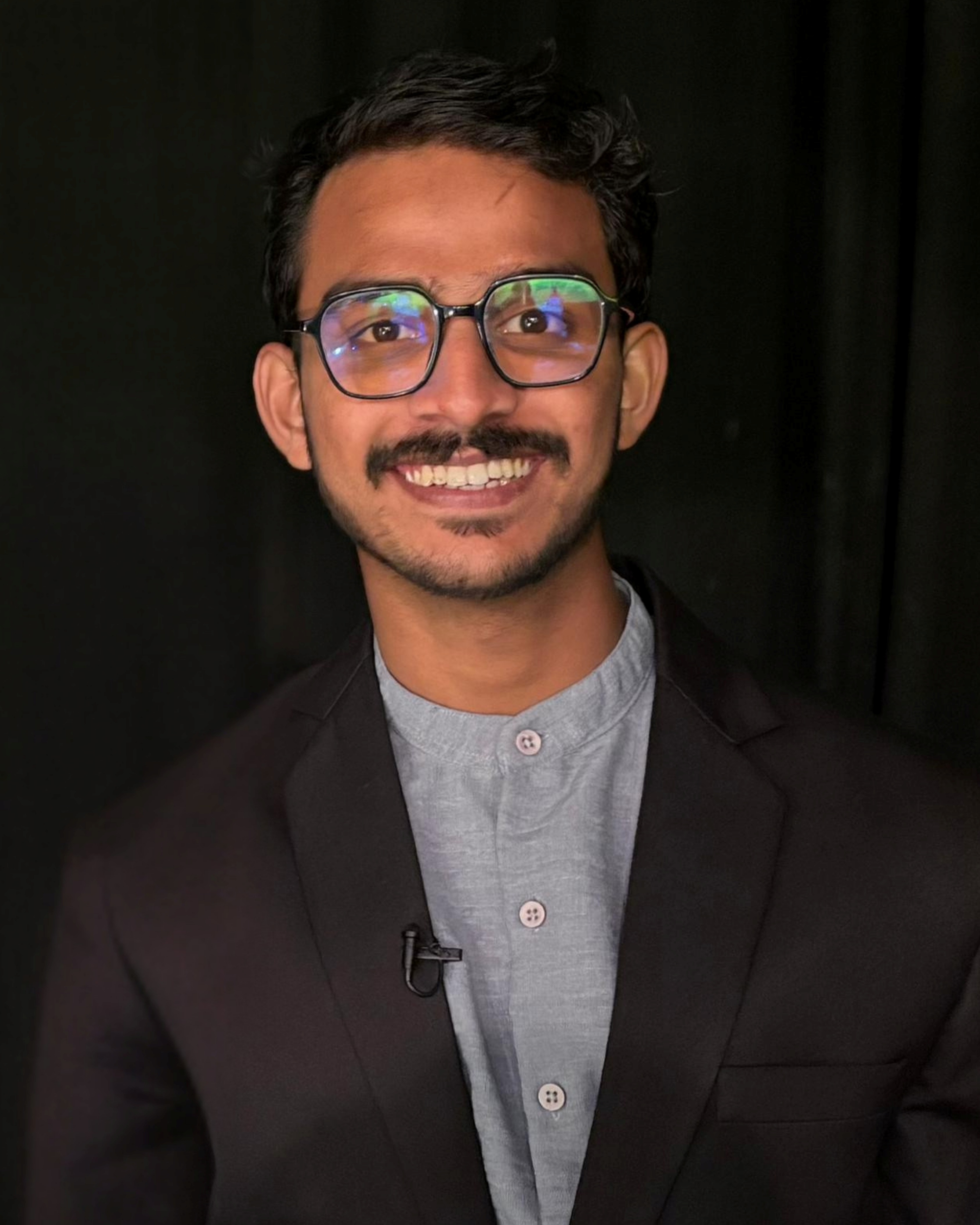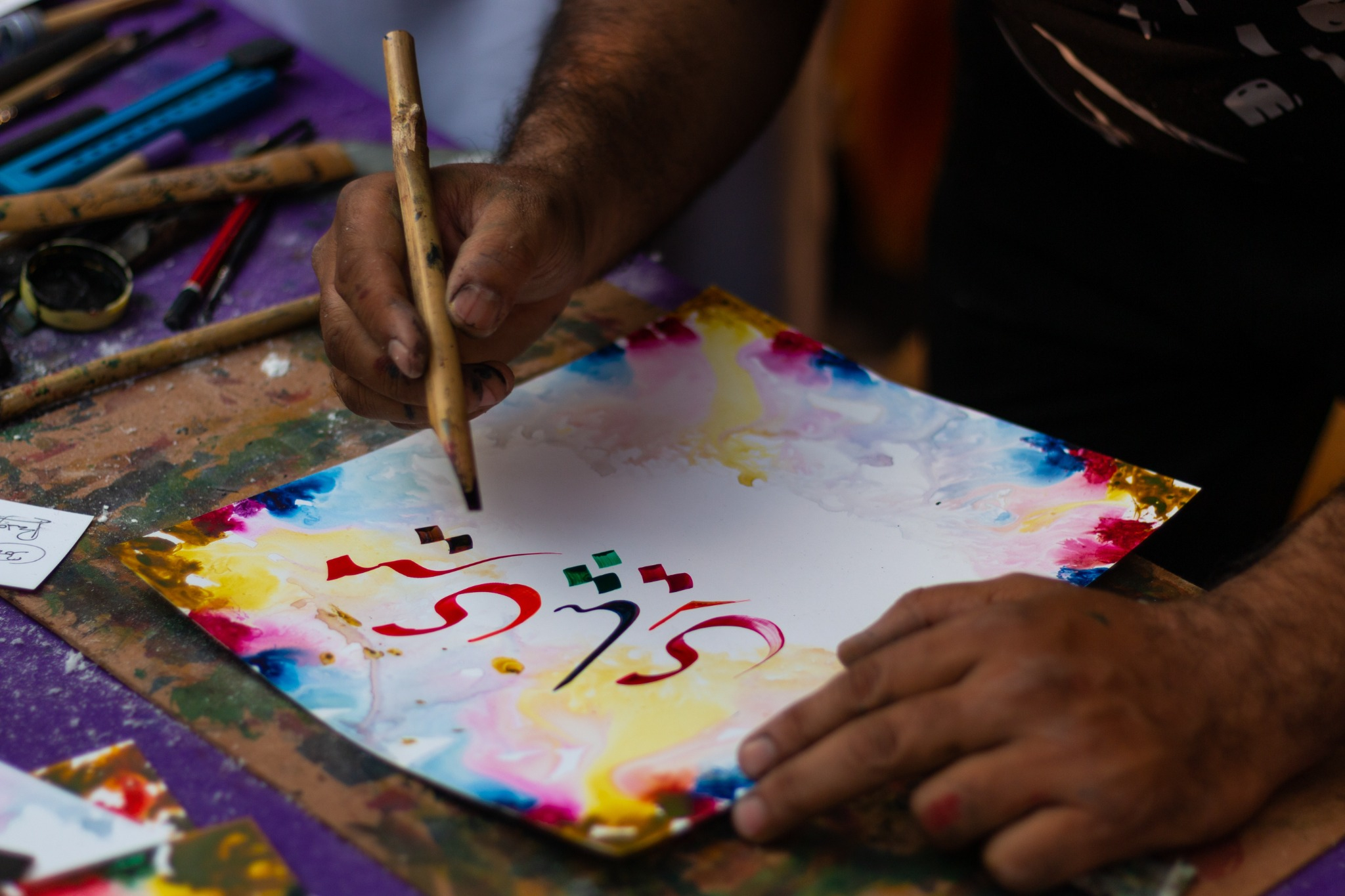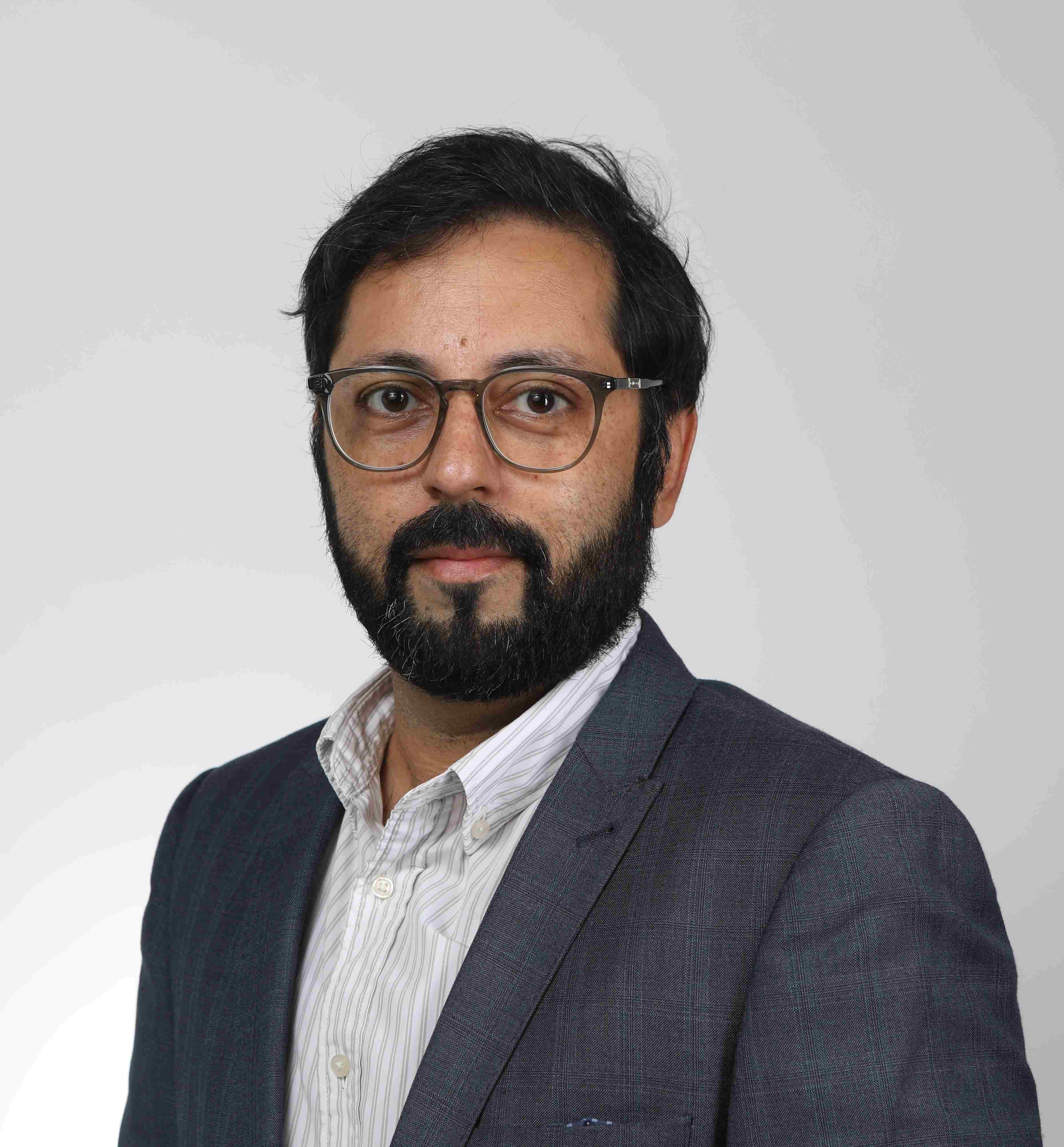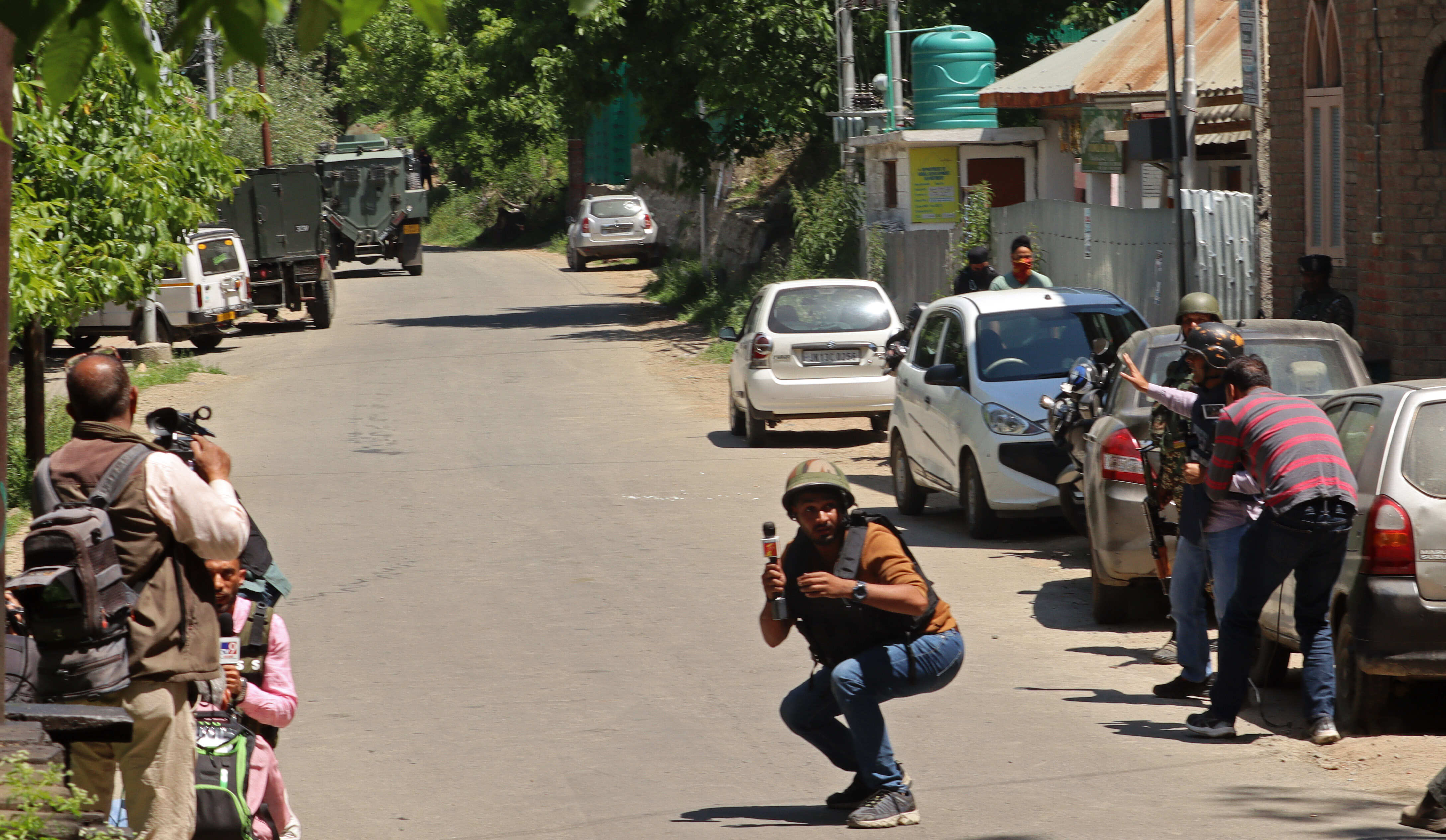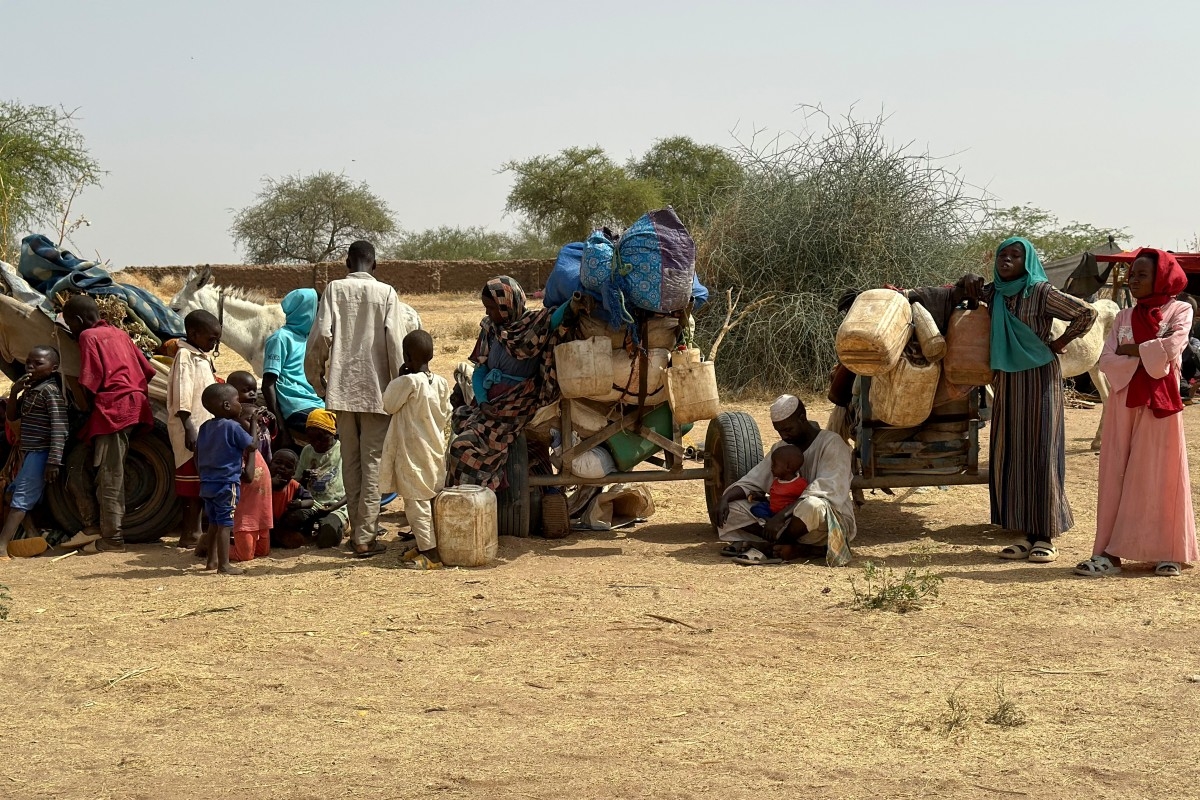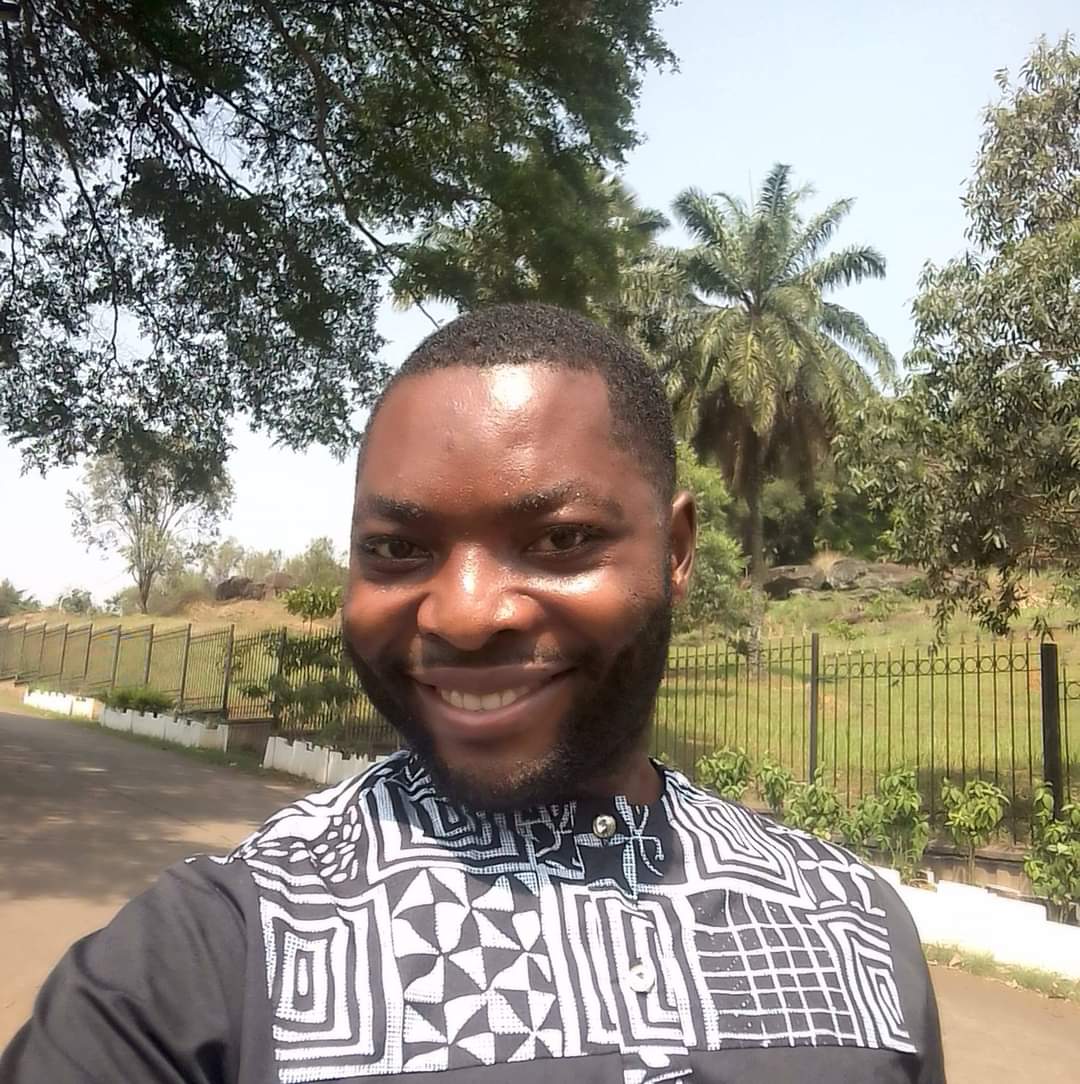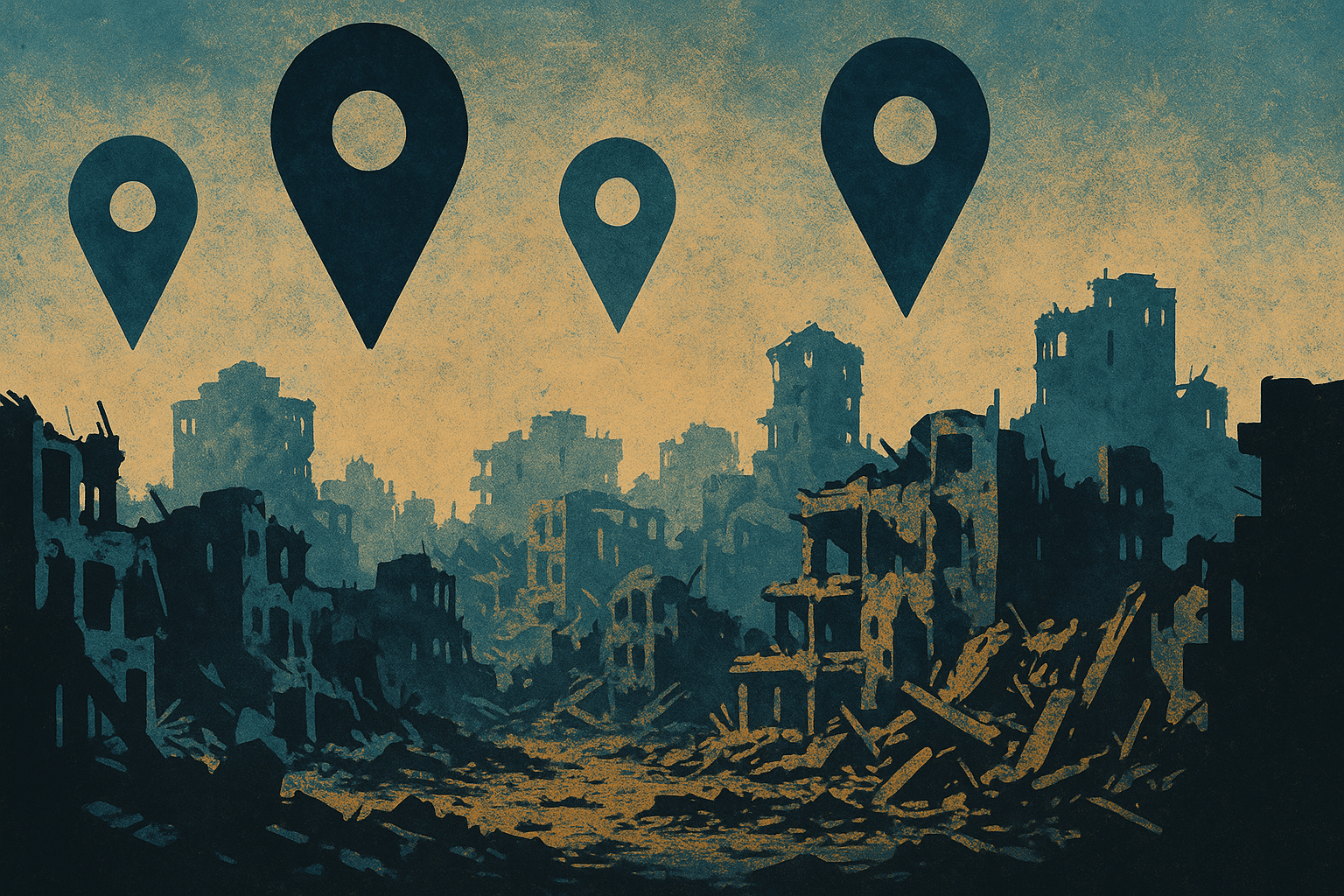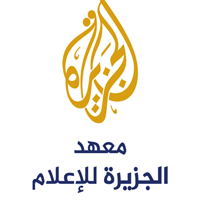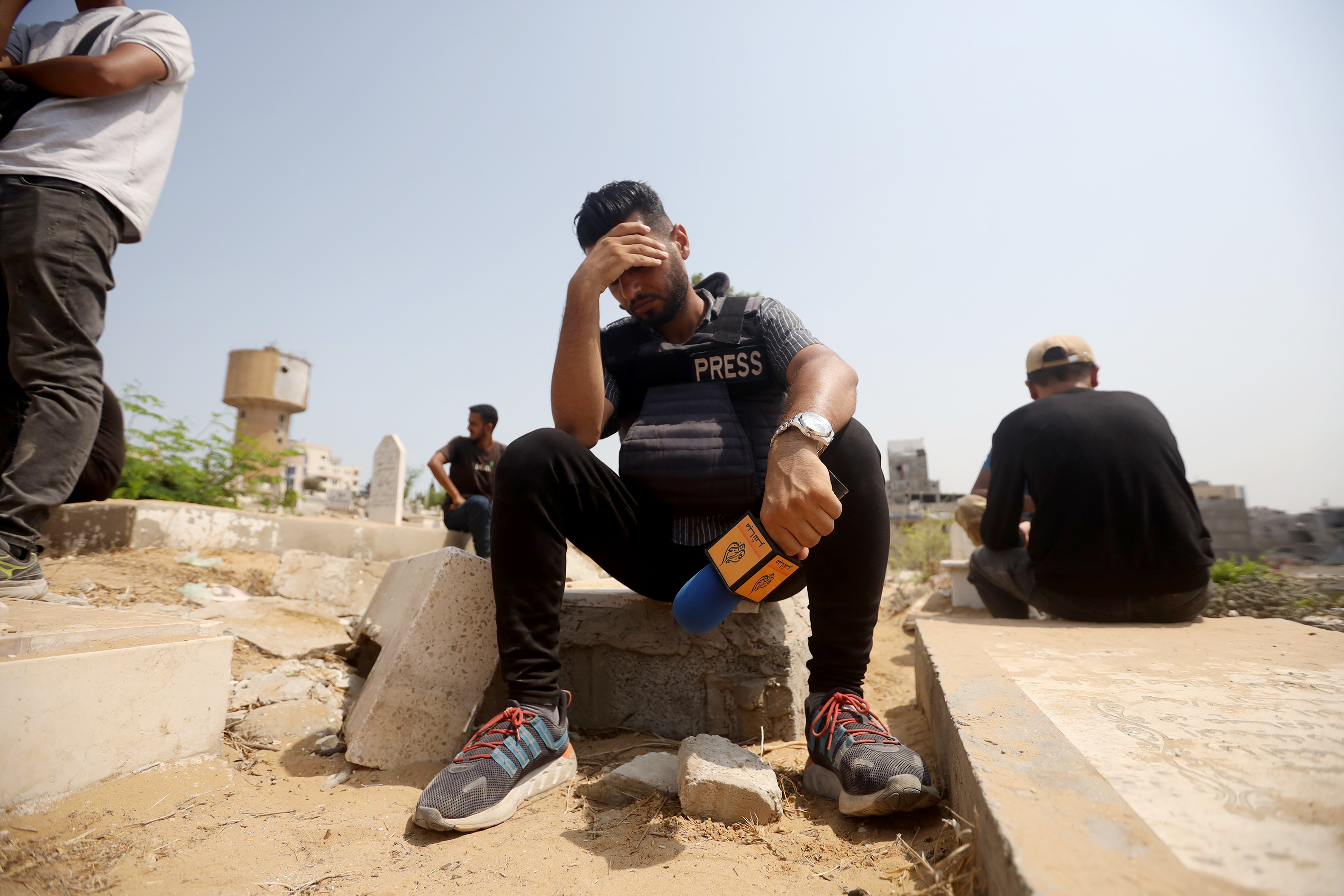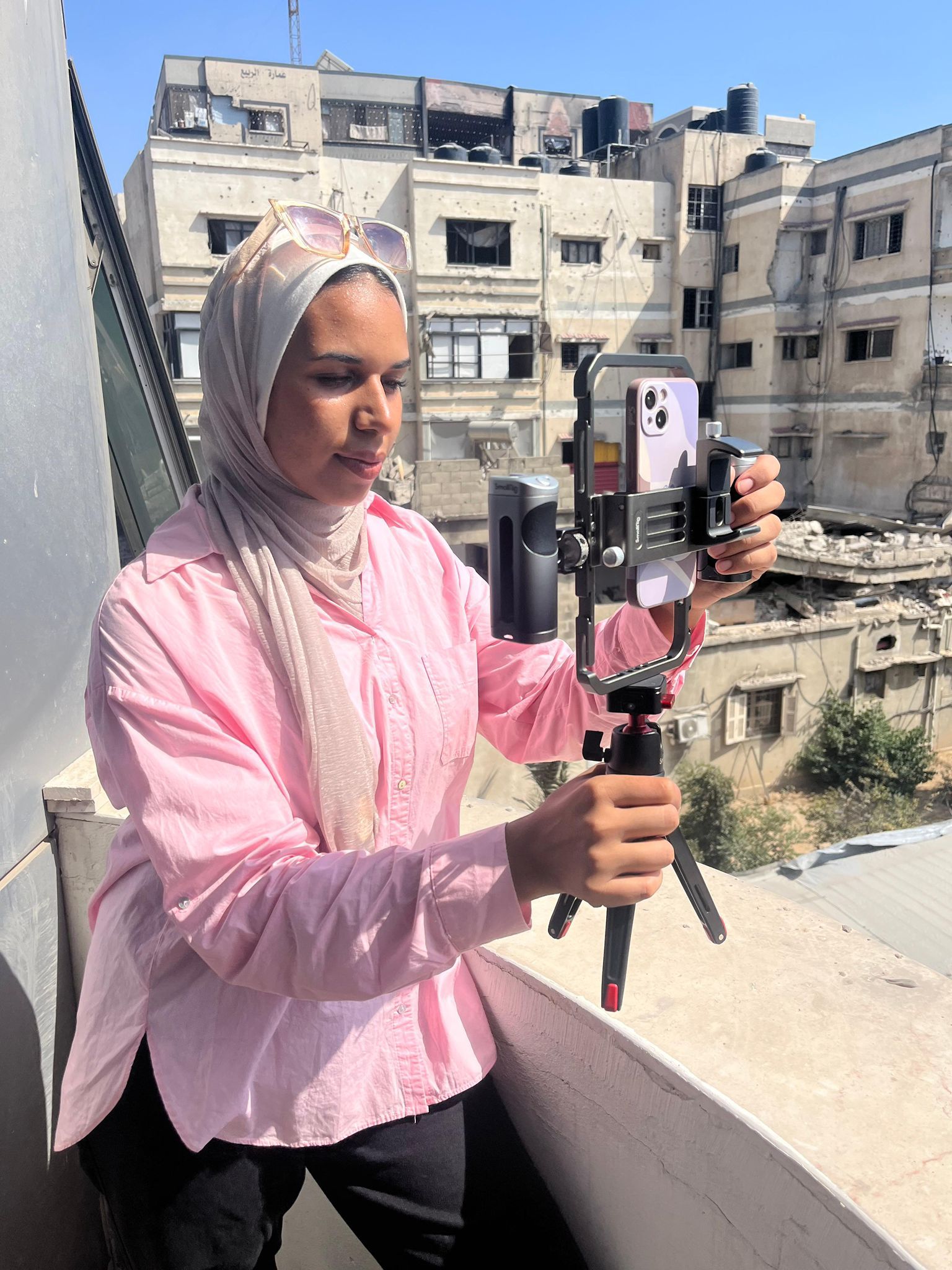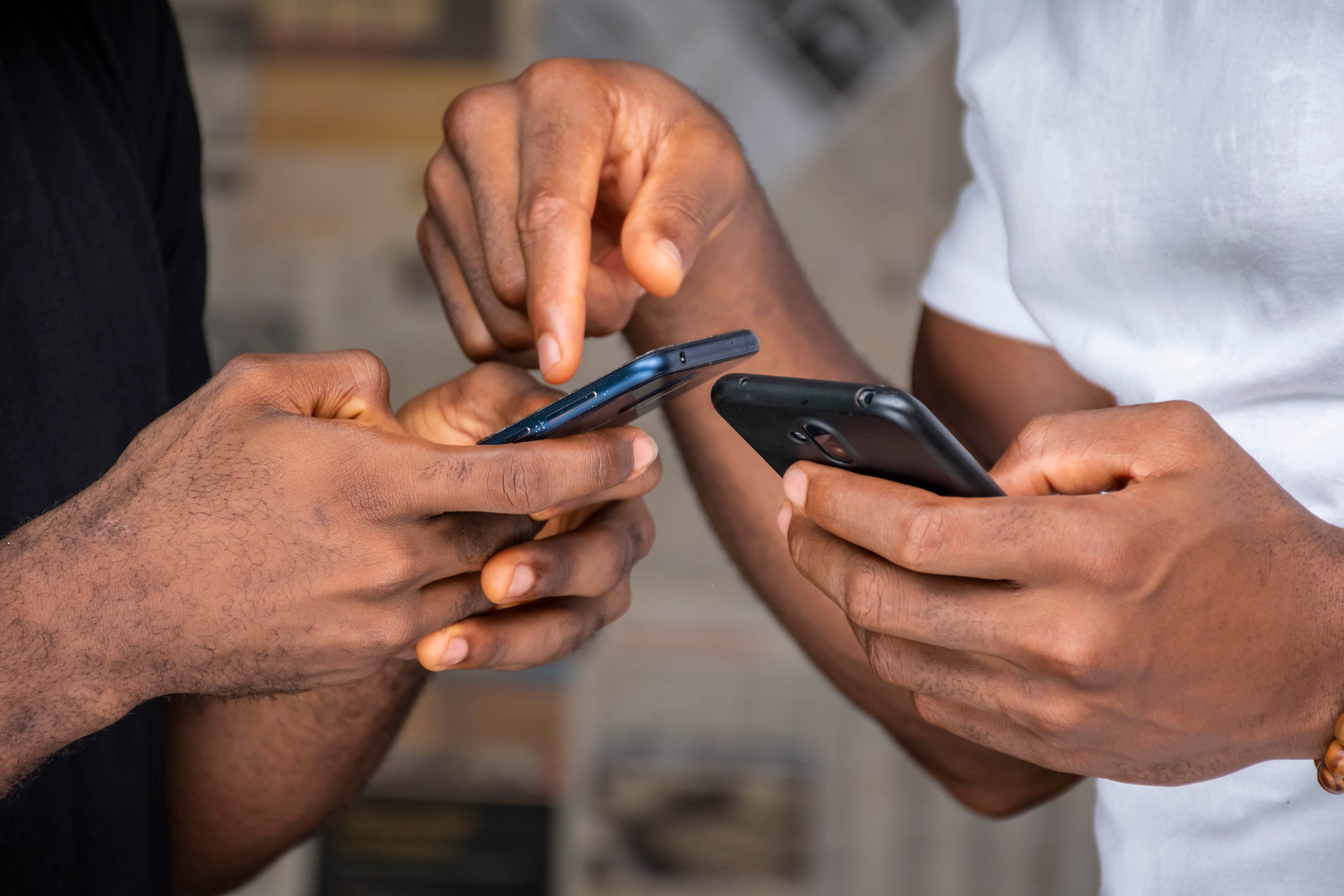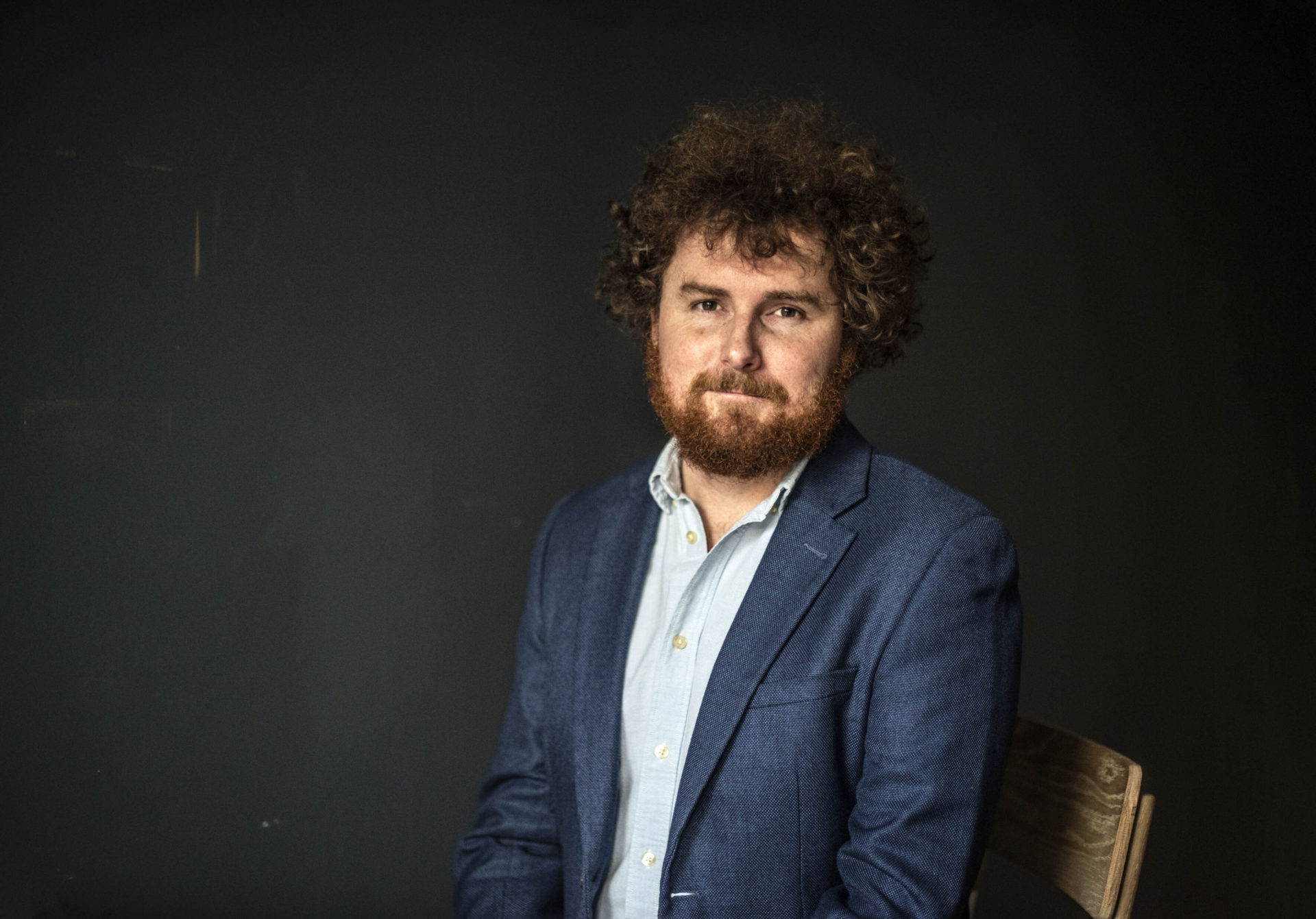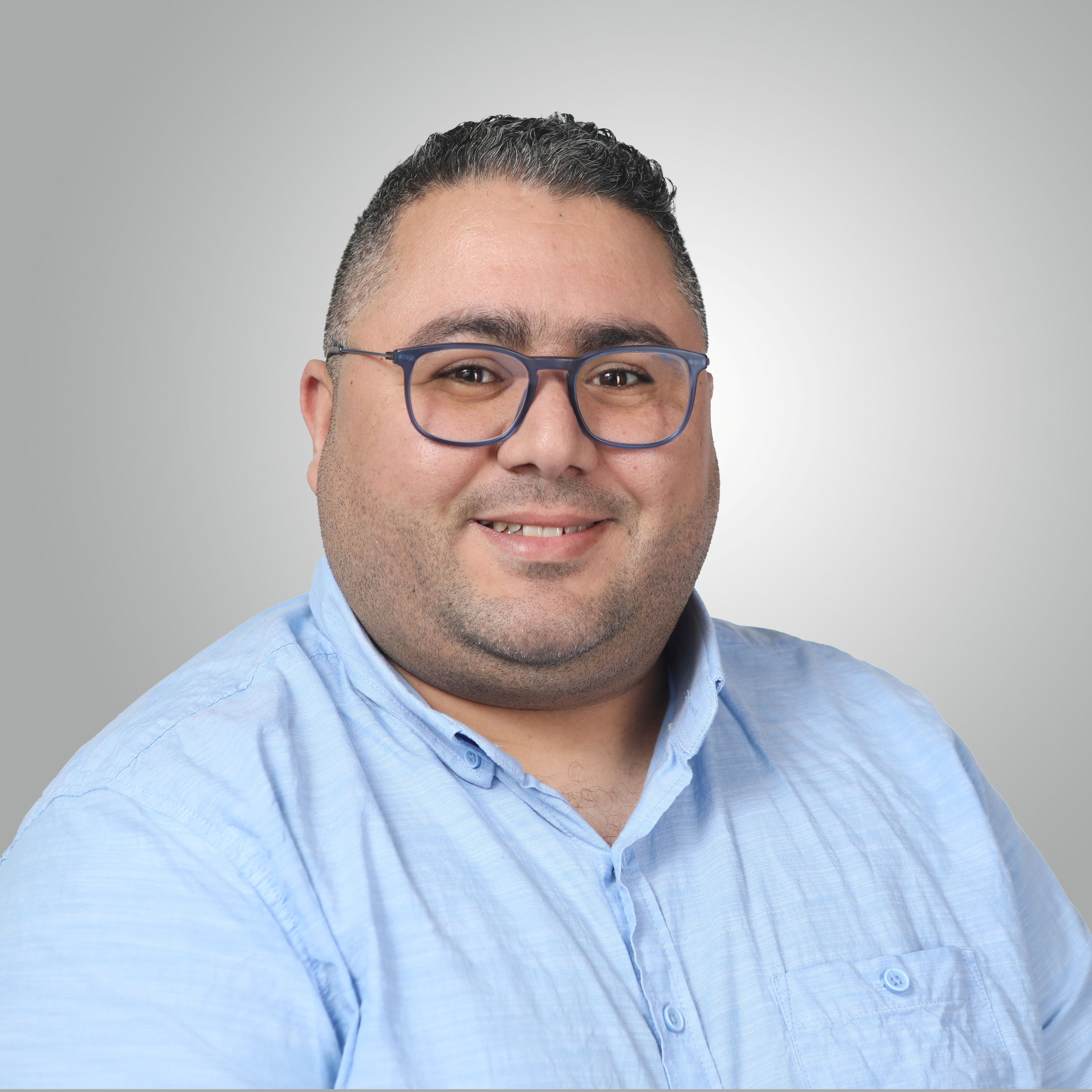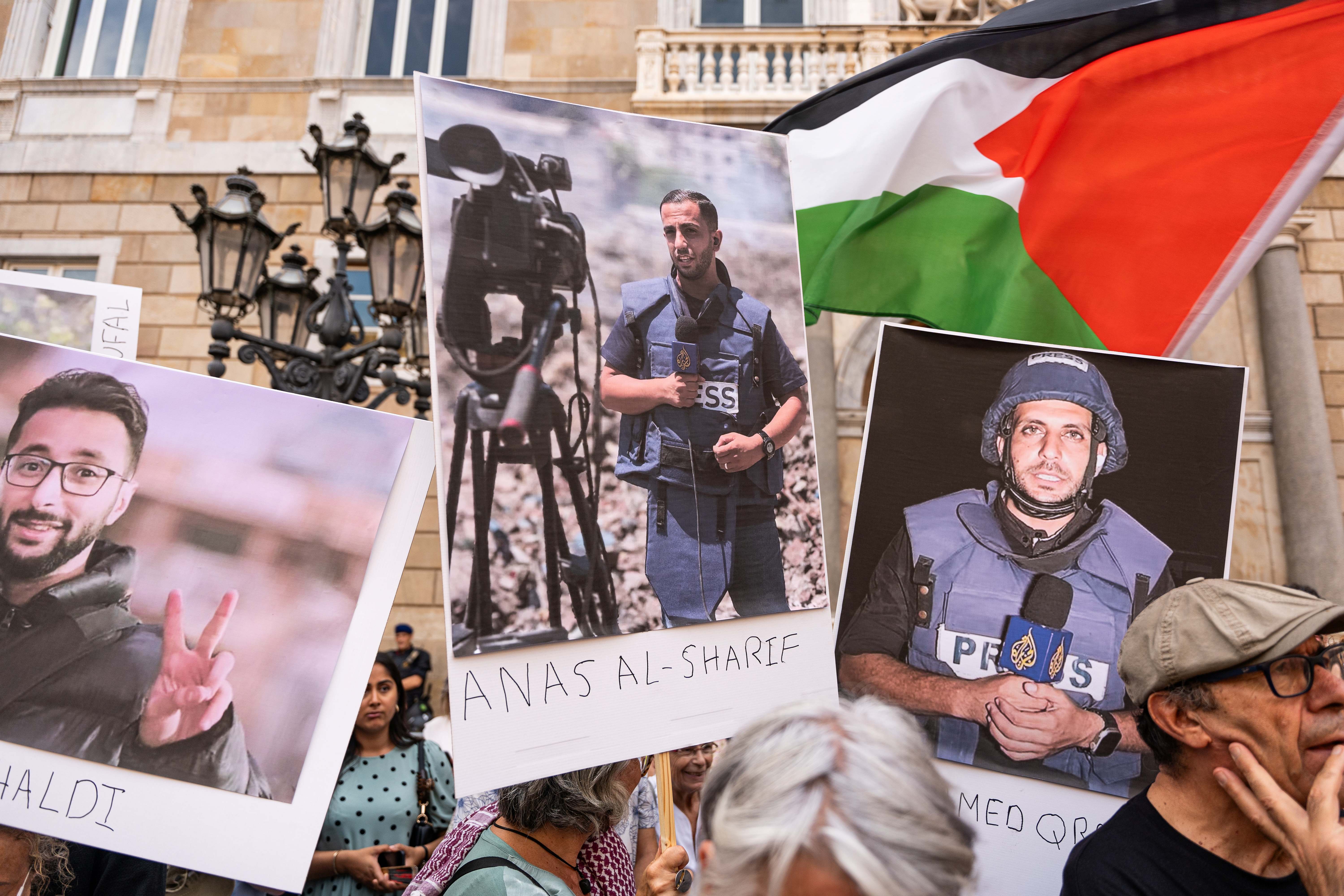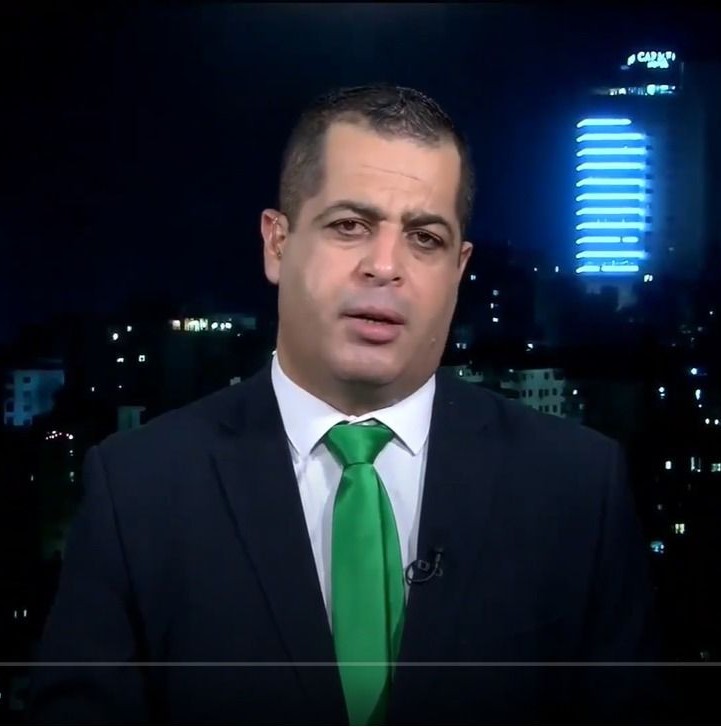بعد أكثر من شهر على إعلان حالة الطوارئ في صربيا بسبب وباء فيروس كورونا يوم 14 مارس/آذار الماضي، كان المصدر الوحيد للمعلومات عن الفيروس الجديد هو إيجاز "صحفي" يعقد بلا صحفيين.. لم يكن الأمر مفاجئا، وإليكم الأسباب.
طُلب من الصحفيين في صربيا إرسال أسئلتهم عن الفيروس الجديد عبر البريد الإلكتروني، وهو إجراء كان معمولا به من قبل في عدة مناسبات. وقد تجدد العمل بهذه القاعدة يوم 11 أبريل/نيسان بعد انتشار ما يفيد بأن بعض وكالات الأنباء تخشى أن يؤدي وجود الصحفيين في مكان انعقاد الإيجاز الصحفي سببًا لتفشي الفيروس بينهم.
فُرضت إجراءات وقائية صارمة عند مدخل المبنى حيث يعقد المؤتمر الصحفي، من فحص للحرارة وتعقيم للأيدي، وتقديم القفازات والكمامات لكل صحفي وصحفية، ويُمنع من الدخول كل من تتجاوز حرارته درجة معينة عند قياسها، وكل من يرفض ارتداء الأدوات الواقية. وكان يوضع كرسي فارغ بين كل شخصين، وهو إجراء وصفه فريق إدارة الأزمة الصربي في أحد المؤتمرات قبل إلغائها، بالمثال الجيد على قاعدة "المسافة الآمنة". ومع ذلك، تقرّرَ إلغاء المؤتمر الصحفي بالكامل.
خلال الأشهر القليلة الماضية، أصبح المؤتمر الصحفي الذي يعقده فريق إدارة الأزمة الصربي المصدر الرسمي الوحيد للمعلومات حول الفيروس الجديد، بينما أحجم كثير من المسؤولين المحليين ومديري المستشفيات العامة في جميع أنحاء البلاد عن الإفصاح عن المعلومات أو حتى الرد على اتصالات الصحفيين.
عرفت صربيا تفشي الفيروس، حيث تكاد عدد حالات الإصابة تقترب من 7000 حالة، لتسجل أعلى عدد إصابات لكل مليون مواطن في دول منطقة البلقان. انتشر الفيروس في المستشفيات وأصاب أكثر من 500 من العاملين في مجال الصحة. أعلنت حالة الطوارئ يوم 15 مارس/آذار بعد فرض العزل الذاتي على كبار السن فوق 65 عاما، وتقييد حركة بقية السكان بشكل كبير.
وفي ظل هذا الموقف الذي يؤثر على حقوق الإنسان الأساسية في البلاد، برز لدى الصحفيين أسئلة كثيرة بقيت معلقةً بلا إجابة. فبدلا من تلقي الإجابة على الأسئلة في مؤتمر مباشر، يجيب المتحدث عن بعض الأسئلة المختارة التي أرسلها الصحفيون مسبقاً ويجيب عليها فريق إدارة الأزمة الصربي في بث مباشر. في اليومين الماضيين، رفضت كثير من وكالات الأنباء العمل في ظل هذه الظروف وأحجمت عن إرسال أسئلتها، وطالبت المؤسسات الإعلامية الحكومة بإتاحة الأسئلة المباشرة باستخدام أنظمة مؤتمرات الفيديو.
في 20 أبريل/نيسان غيّرت الحكومة القواعد مجدداً، وسمحت للوكالات ومحطات التلفاز بالحضور يوم الثلاثاء، والصحافة المطبوعة والإلكترونية في اليوم التالي.
لكن كيف حصل ذلك؟
قصر صربيا الحكومي، الرمز المعماري للمدرسة الواقعية الاجتماعية في بلغراد الجديدة، يقبع منسيًّا حتى مطلع مارس/آذار على ضفاف نهري "الدانوب" و"سافا" اللذين تتمحور حولهما الحياة في البلاد منذ القدم. ومع نهاية الشهر، أصبح المبنى يعج بالطواقم الصحفية التي تحضر المؤتمر الصحفي للفريق الحكومي المكلف بإدارة الأزمة.
وبُعيد فرض حالة الطوارئ في البلاد، أعلنت حكومة جمهورية صربيا تشكيل فريق لإدارة أزمة الوباء يضم أهم خبراء الصحة في البلاد وخبراء في الأوبئة وأطباء يحظون باحترام الجمهور، وعقدت في البداية اجتماعات الفريق في مبنى الحكومة بشكل يومي.
قدم فريق إدارة الأزمة تحديثات بآخر الأرقام المتعلقة بأعداد المصابين والمنقولين إلى المستشفيات، ومعلومات عن الوضع الوبائي في صربيا، إضافة إلى نصائح وتوجيهات للجمهور عن أعراض المرض وسبل الوقاية والعلاج. وبحلول منتصف مارس/آذار، بدا أن الحكومة قد بدأت تأخذ الفيروس أخيرًا على محمل الجد، بعد أن استخفّت بالأمر في البداية ونعتت الوباء في نهاية فبراير/شباط بأنه "الأطرف في تاريخ البشرية".
ومع ذلك، ظلت بعض الأسئلة تنقصها الإجابات. حين سأل بعض صحفيي شبكة البلقان للصحافة الاستقصائية (BIRN) عن عدد أجهزة التنفس الاصطناعي التي يتوفر عليها نظام الصحة العام الصربي، وهو موضوع أثار جدلا على مواقع التواصل الاجتماعي في ذلك الوقت، لم يقدم وزير الصحة إجابة واضحة. في وقت لاحق من ذلك المساء، أجاب الرئيس ألكسندر فوتشيتش على هذا السؤال في خطاب متلفز وجهه إلى الأمة في محطة التلفزيون الرسمية، معلنًا أن لدى صربيا 1008 أجهزة تنفس اصطناعي، مشيرًا إلى أن هذا العدد أكبر بكثير مما كان متوفرًا حين كان الحزب الآخر في السلطة.
كان واضحا أن الرئيس لن يغير طريقة حديثه أثناء الجائحة، تلك التي اعتاد فيها الحديث عن المواضيع الرائجة دون امتلاك معرفة متخصصة بها.
ومع استمرار تفشي الوباء بحلول نهاية مارس/آذار، توافد على مبنى الحكومة العديد من الصحفيين والمصورين الباحثين عن معلومات عن الوضع الوبائي في صربيا، مع الالتزام في الوقت نفسه بتطبيق إجراءات التباعد الاجتماعي والحفاظ على مسافة مترين فيما بينهم.
في 25 مارس/آذار انتقل المؤتمر الصحفي إلى قصر صربيا الواسع في بلغراد الجديدة، وهناك ضاق حيز الأسئلة.. سُمح لكل صحفي بسؤال واحد فقط، ثم يؤخذ الميكروفون من يده. ولم تتح لبعضهم فرصة طرح الأسئلة في كل مرة يحضر فيها المؤتمر، وقيل لبعض الصحفيين إنهم يحضرون "أكثر من اللازم".
ولأن المؤتمر الصحفي يعقد في بلغراد، اعتمدت وسائل الإعلام في المقاطعات المختلفة على صحفيي العاصمة للحصول على معلومات أكثر عن مناطقهم نظرا لرفض المسؤولين المحليين تقديم معلومات رسمية.
كان هذا حال "فاليفو"، البلدة الواقعة في غربي صربيا والتي أصبحت مركزا لتفشي الوباء في نهاية مارس/آذار. لم يعقد مسؤولو المدينة أية مؤتمرات صحفية، ورفض مكتب فريق إدارة الأزمة المحلي الحديث مع الصحفيين، رغم ازدياد عدد حالات المصابين بمرض "كوفيد-19" بين السكان والطاقم الطبي.
وعلى نحو غير رسمي، أصبح المؤتمر الصحفي المصدر الوحيد المعلن للمعلومات خلال فترة الوباء، بعد أن توقف مديرو المستشفيات والمسؤولون في مقرات الأزمة المحلية في كل أنحاء البلاد عن الرد على اتصالات الصحفيين.
كل ما لدى الصربيين من تساؤلات عن الفيروس الجديد ظلت رهينة الإجابة عليها من طرف عدد محدود من خبراء الصحة في المؤتمر الصحفي في العاصمة، كما لو أن كل المؤسسات الأخرى في كل أنحاء البلاد قد توقفت عن العمل. في تلك المؤتمرات التي تنقل على القنوات الرسمية يومياً، رأى الجمهور للمرة الأولى إعلاميين محترفين يطرحون الأسئلة على الحكومة ويسائلون إدارتها للأزمة.
مع الوقت بدأت إجابات الخبراء تحاكي الطراز المعماري للمبنى، وبدوا أشبه بالمفوضين اليوغسلاف في السابق وهم يكررون العبارات الفارغة بدلا من تقديم معلومات تناسب مجتمعا ديمقراطيا.
قواعد جديدة.. اعتقالات جديدة
كما كان متوقعًا، سعت الحكومة إلى السيطرة على كل المعلومات المتعلقة بالوضع الوبائي الخاص بمرض "كوفيد-19" في البلاد، وفُرضت إجراءات جديدة في بداية أبريل/نيسان، تسمح لمقرات إدارة الأزمة المحلية أو المؤسسات الصحية بالحديث مع الجمهور. كان المصدر الوحيد للمعلومات هو فريق إدارة الأزمة الذي تقوده رئيسة الوزراء آنا برنابيك، وهو إجراء فسرته الحكومة بأنه جاء لمحاربة المعلومات المضللة.
أدى قرار الحكومة في تلك الليلة إلى اعتقال آنا لاليك، وهي صحفية من مدينة نوفيساد بمقاطعة فويفودينا شمالي صربيا. احتجزت لاليك 48 ساعة بعد كتابتها عن نقص المعدات والإجراءات في المستشفى المركزي في فويفودينا.
كشفت لاليك عن الإمكانيات الضعيفة للمستشفى بالاعتماد على ثلاثة مصادر، اثنان من طاقم التمريض ومصدر من الطاقم الطبي من العاملين في العيادة، طلبوا عدم الكشف عن أسمائهم. ذكرت الصحفية أنها طلبت التعليق من مسؤولي المستشفى والإدارة الصحية للمقاطعة، لكنها لم تحصل على إجابة. أنكر المستشفى تقريرها معلنا أنه أبلغ عنها مكتب المدعي العام والشرطة "بتهمة زعزعة الاستقرار العام وتشويه سمعة المستشفى".
في اليوم التالي، يوم الثاني من أبريل/نيسان، أطلق سراح لاليك بسبب الضغط الشعبي، وسحبت الحكومة القاعدة الجديدة التي تخص مركزية المعلومات.
اعتذرت رئيسة الوزراء آنا برنابيك واضعة اللوم على غبائها، لكن المسؤولين استمروا في تشكيكهم بمصداقية لاليك في وسائل الإعلام. ونشرت محطة البث الوطنية العامة تقريرا خاصا من المستشفى بعد يومين من إطلاق سراح لاليك، يظهر فيه المستشفى مجهزاً ومعداً بالكامل، في تقرير تم عرضه خلال برنامج حواري شهير.
وقبل أيام من إقامة المؤتمر مجدداً عبر الإنترنت يوم 11 أبريل/نيسان، بدأت الصحف المؤيدة للحكومة بتكثيف حضورها. وبدلا من طرح الأسئلة، دأبوا على وصف وسائل الإعلام المستقلة والتابعة للمجتمع المدني "بالكارهين" لعدم احترامهم فريق إدارة الأزمة وتسييس الموقف.
المشهد الإعلامي الصربي
بعد الثورة الديمقراطية عام 2000، تبنت صربيا الديمقراطية البرلمانية، وهيأت نفسها لدخول الاتحاد الأوروبي، وتبنت قواعد الاقتصاد الحر وحكم القانون والمجتمع التعددي، واكتسب موضوع حرية الإعلام أهمية متزايدة لدى المجتمع المدني.
في السنوات العشرين الماضية، عانى النظام الإعلامي الصربي للتخلص من تركة النظام الشيوعي، ومر بمرحلة خصخصة لوسائل الإعلام المملوكة للدولة، ورفع شعار المصلحة العامة معياراً للصحافة وداعياً إلى الشفافية والتعددية في ملكية وسائل الإعلام. استغرق التحول وقتاً أطول مما هو مأمول، وكان الواقع أكثر تعقيدًا بالرغم من نوايا المشرعين الحسنة.
ولأن الجمهور الصربي يولي الإعلام الإلكتروني ثقة أكبر من الصحافة المطبوعة، قضى حزب السلطة السنوات الثماني الماضية في التأثير على محطات التلفاز. فوزعت ترددات البث الوطنية على رجال أعمال تربطهم صلات بالحزب، ومجالس إدارات للمحطات العامة مملوءة بأشخاص مقربين من الحزب الحاكم.
تتعرض وسائل إعلام المجتمع المدني على الإنترنت والمحطات الفضائية للتشكيك المتواصل في مصداقيتها وتوصف بالعميلة، في حين يتعرض صحفيوها للهجوم على الإنترنت وعلى أرض الواقع. هذا هو السبب الرئيسي في تخلف نظام الإعلام الصربي عن قوائم حرية الإعلام في كل مكان في العالم، ولهذا وصفه مجلس الأبحاث والتبادل الدولي (IREX) عام 2019 بالنظام المختلط غير المستقر، ومنحه أقل نقاط إجمالية له منذ العام 2001.
